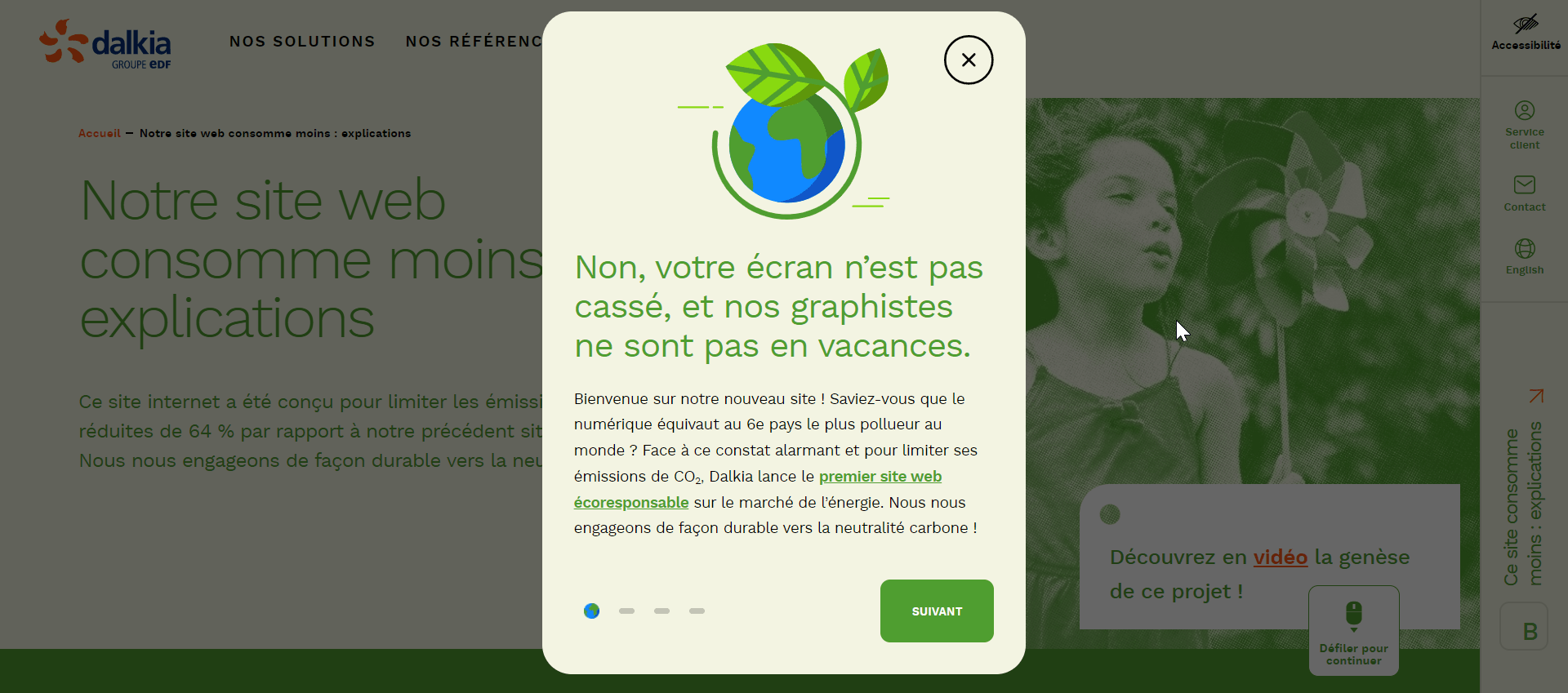In 2019, the global advertising and communications market was worth more than $1.37 billion (around 1.5% of global GDP) according to PQ Media. An important level that raises a question: what is the impact of direct marketing and communication on carbon emissions, and above all, how to reduce them while preserving marketing performance?
What is the environmental impact of the different communication channels?
Marketing is primarily a field of communication: it is therefore natural to look at the environmental impact of the means used for marketing devices. An in-depth (but already a bit dated…) analysis by Mike Berners-Lee, researcher at Lancaster University, in his book “How bad are bananas? The carbon footprint of everything” (2010) allows us to visualize the impact of different levers:
- SMS: 0.014g of CO2
- Mobile messaging apps (Twitter, Whatsapp, Facebook Messenger…): 0.2-9g
- Email: 4-50g
- Flyer: 240g
The SMS is, among this set of marketing channels, the least polluting: this is explained by the little data processed for sending an SMS.
With an estimated impact of around 240g for a flyer, print comes out well ahead in terms of CO2 emissions. However, this assessment does not take into account the fact that the paper can be recycled. Also, it might be useful to focus not only on the CO2 emission per contact, but on the CO2 emission per customer order. Indeed, the final objective of marketing is indeed to generate sales: the CO2 impact of the media must also be evaluated according to their order performance (that is to say, their relevance for the target). Thus, since mail is an expensive medium, advertisers are encouraged to use it in a targeted, and therefore reasoned, way and with optimized performance.
How to design an eco-responsible postal mailing campaign?
If print is therefore the lever potentially emitting the most CO2, it is therefore essential to use it wisely, and to adopt all the practices to limit its impact. The Dékuple group has thus adopted 6 main measures to limit the impact of direct paper marketing materials:
- The paper used is exclusively PEFC and FSC certified from sustainably managed European forests.
- The group has innovated by using mainly vegetable-based inks (find out more about the alternative inks developed by Dékuple)
- Mailing formats are designed to reduce paper usage
- Printing without varnish, glue or label is preferred.
- The papers are recycled and can have up to 5 lives.
- The use of data allows better targeting and therefore target optimization (Dékuple uses the Family square audience profiling solution)
How to reduce CO2 emissions from e-mailing campaigns?
In the study “the carbon impact of spam” (‘Carbon Footprint of Spam’) McAfee estimates that 65 emails emit as much as one kilometer traveled by car… Suffice to say that the impact of emails is far from negligible. However, it is the most used communication channel for customer relations.
Reducing CO2 emissions from this channel as much as possible requires measures that are also good practices for increasing marketing performance:
- limit mailings by segmenting, by offering different opt-in choices (and not a single opt-in for all messages), and by limiting marketing pressure
- limit the size of emails (from 100Kb, emails begin to be intercepted by spam filters)
It may soon be possible to limit the carbon impact of emails even further, by having them automatically deleted, based on a defined expiry date. This is the goal of the “Email Expiration Date” initiative.
How to create a “low carbon” website?
Beyond channels, loyalty marketing operates websites. Web pages also emit CO2, and in a non-negligible way since today 2% of emissions come from the electricity used by the internet.
The level of emission depends in particular on the traffic, the hosting infrastructures, the data transfers, and the weight of the pages. So many parameters that can be easily optimized, as explained very clearly in this article by Kinsta or the site of Dalkia, a subsidiary of EDF specializing in the production of alternative renewable energies, launched in 2021 and designed to reduce CO2 emissions.
Some optimizations, such as simplifying pages or reducing traffic, will also, counter-intuitively, serve both an emission reduction objective and more effective marketing: for example, reducing traffic can be linked to the fact of reducing the bounce rate, and therefore of optimizing the referencing of the site. Or, simplifying the pages (lighter and with fewer requests) can also serve a better bounce rate and a better mobile experience…



